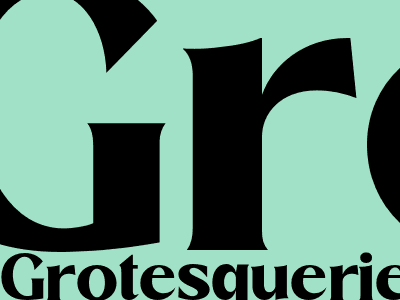
Let's Uncover the Grotesque: A Comprehensive Review of Grotesquerie
What is Grotesquerie?
Grotesquerie, an artistic style that emerged during the Renaissance, is characterized by its bizarre and often exaggerated forms, figures, and imagery. Rooted in the grotesque masks and costumes used in medieval theater, grotesquerie often depicts hybrid creatures, distorted human figures, and fantastic elements, challenging conventional notions of beauty and harmony.
Renaissance Roots
Grotesquerie flourished during the Italian Renaissance, finding expression in painting, sculpture, architecture, and literature. Artists like Hieronymus Bosch and Pieter Bruegel the Elder incorporated grotesque elements into their works, creating otherworldly scenes filled with strange creatures and symbolic imagery.
Themes and Symbolism
Subversion and Satire
Grotesquerie often serves as a tool for social and political satire. By distorting and exaggerating human forms, artists could criticize societal norms, institutions, and the powerful. Grotesque imagery allowed them to express dissent and challenge authority in a covert manner.
Death and the Macabre
Grotesquerie has a strong association with death and the macabre. Its grotesque forms and imagery evoke the transience of life, the decay of flesh, and the horrors of the afterlife. Works like Hans Holbein the Younger's "Dance of Death" depict the inevitability of death through grotesque and satirical imagery.
Carnival and Ritual
Grotesquerie is closely linked to the carnivalesque and ritualistic traditions. In medieval and Renaissance festivals, grotesque masks and costumes were used to break social norms and create an atmosphere of chaos and transgression. Grotesque imagery in art reflects these carnivalesque elements, blurring the lines between the sacred and profane.
Contemporary Relevance
Influence on Surrealism and Gothic
Grotesquerie has had a profound impact on subsequent art movements, inspiring Surrealism and Gothic aesthetics. Surrealists like Salvador Dalí and Max Ernst embraced the grotesque to explore the subconscious and irrational realms of the mind. Gothic literature, such as Mary Shelley's "Frankenstein," uses grotesque imagery to create an atmosphere of horror and unease.
Grotesque in Modern and Contemporary Art
In the 20th and 21st centuries, grotesquerie has continued to be a source of inspiration for artists. Contemporary artists like Francis Bacon and Cindy Sherman have used grotesque imagery to explore themes of alienation, identity, and the human condition. Grotesque aesthetics have also found expression in horror films, video games, and other popular culture mediums.
Conclusion
Grotesquerie is a complex and fascinating artistic style that has challenged and subverted traditional notions of beauty and harmony. Its origins in Renaissance art lie in the grotesque masks and costumes used in medieval theater. Throughout history, grotesquerie has been used to convey a wide range of themes, including satire, the macabre, and carnivalesque elements. Its influence can be seen in various art movements, from Surrealism to Gothic, and it continues to inspire contemporary artists who explore the grotesque to provoke thought and unsettle our perceptions of reality.